BoE Chief Economist Huw Pill said in a speech that the central bank’s communication “rightly places the persistence of inflation at centre-stage”.
“Given the famous ‘long and variable lags’ in monetary policy transmission, it is the persistent component of inflation – that component of inflation that will still be there once the lags in monetary policy transmission unwind – that is the relevant object for the MPC’s attention,” he said.
He also noted, “the distinctive context that prevails in the UK – of higher natural gas prices with a tight labour market, adverse labour supply developments and goods market bottlenecks – creates the potential for inflation to prove more persistent.”
“It is therefore in this nexus that I focus in coming to my own assessment of the risks surrounding inflation persistence, which – consistent with the MPC’s collective communication – will strongly influence my monetary policy position in the coming months.”




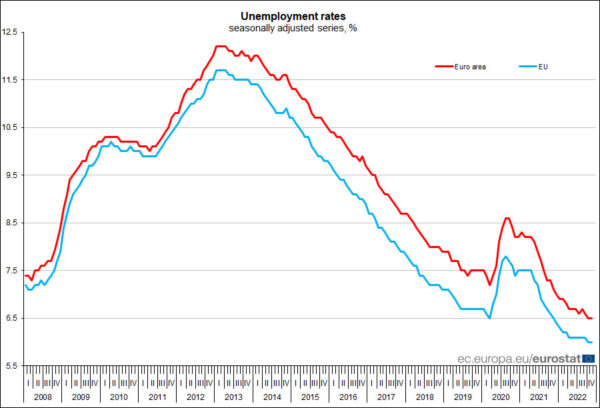
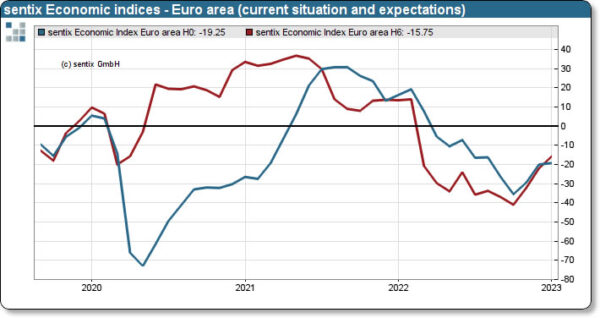
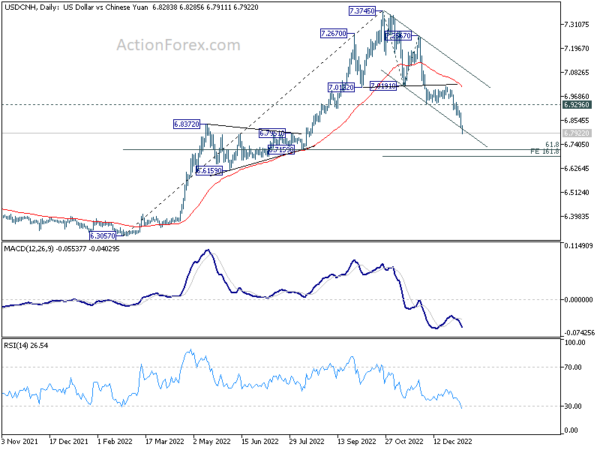
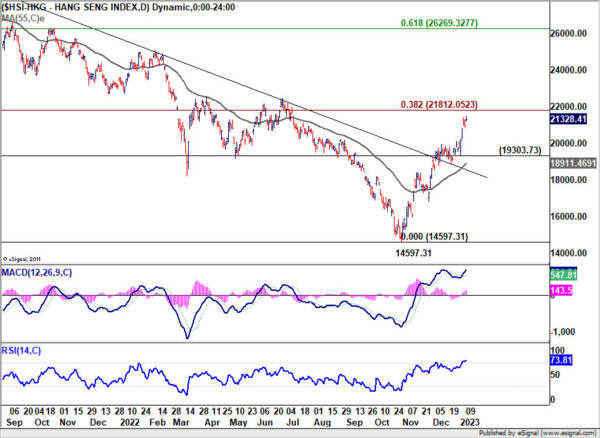
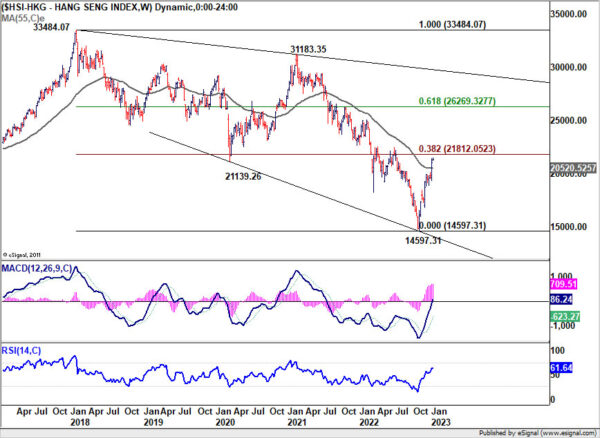
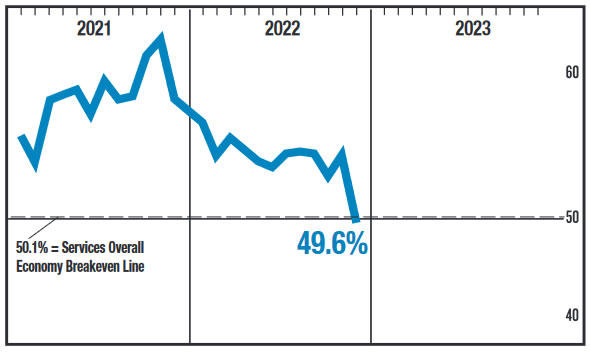
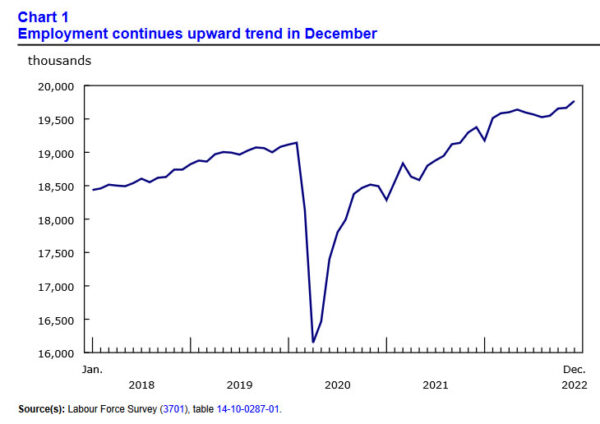
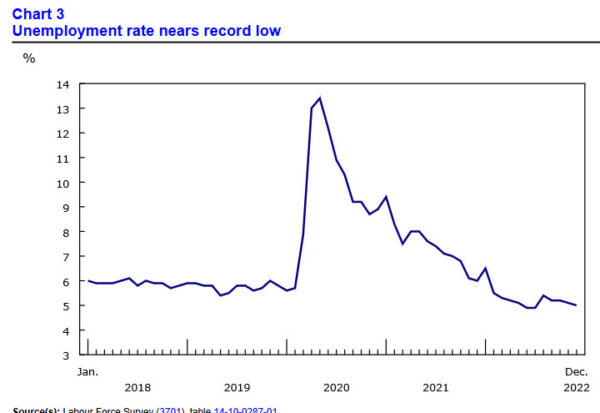
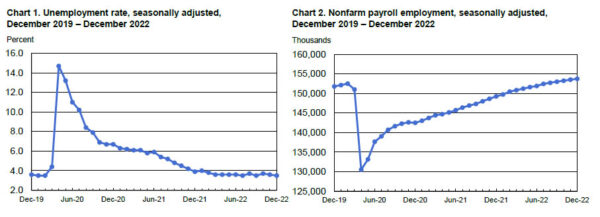
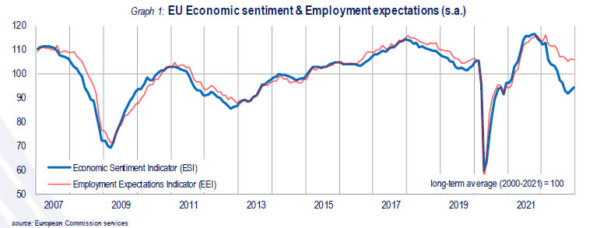
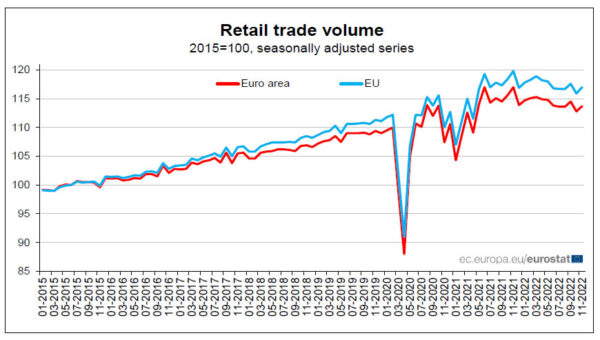
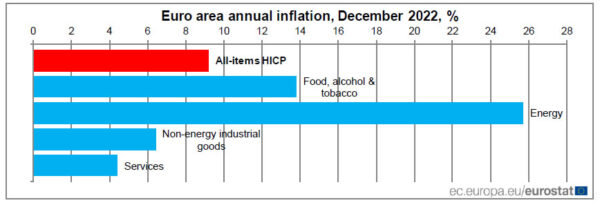
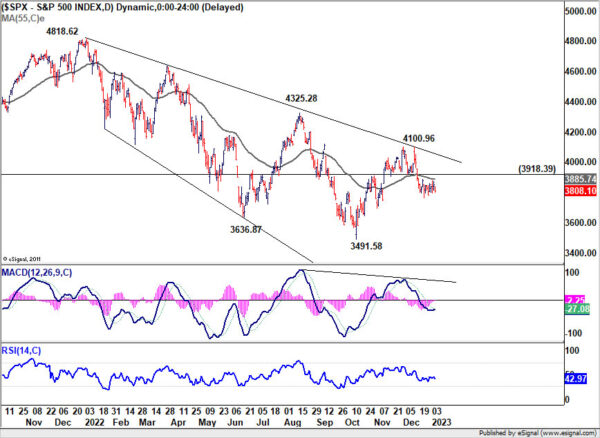

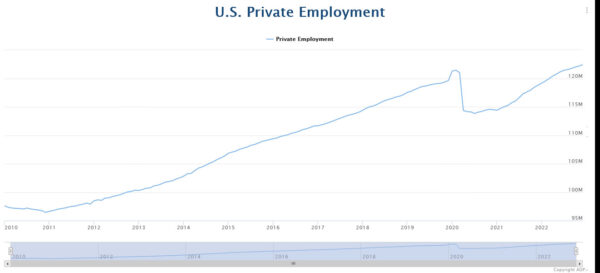

Fed Daly: Case can be made for either 25 or 50 next
San Francisco Fed President Mary Daly said in a WSJ interview that she expects interest rate to rise from the current 4.25-4.50% to 5.00-5.25%. But she added that “doing it in more gradual steps does give you the ability to respond to incoming information.”
Daly said the “case can be made for either” a 25bps or 50bps hike in February. But at the same time, “I want to be data dependent, not wall off a 50 basis point increase.”
She expects unemployment to rise from current 3.5% to 4.5-4.6% as tightening continues. Inflation, now running at 5.5%, will fall to low 3% range by the end of 2023, and closer to 2% in 2024.